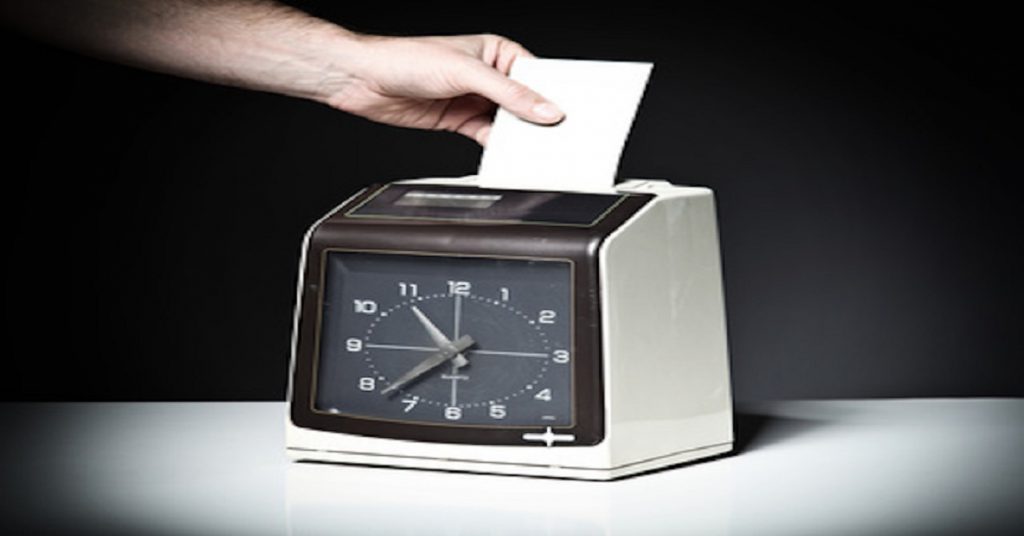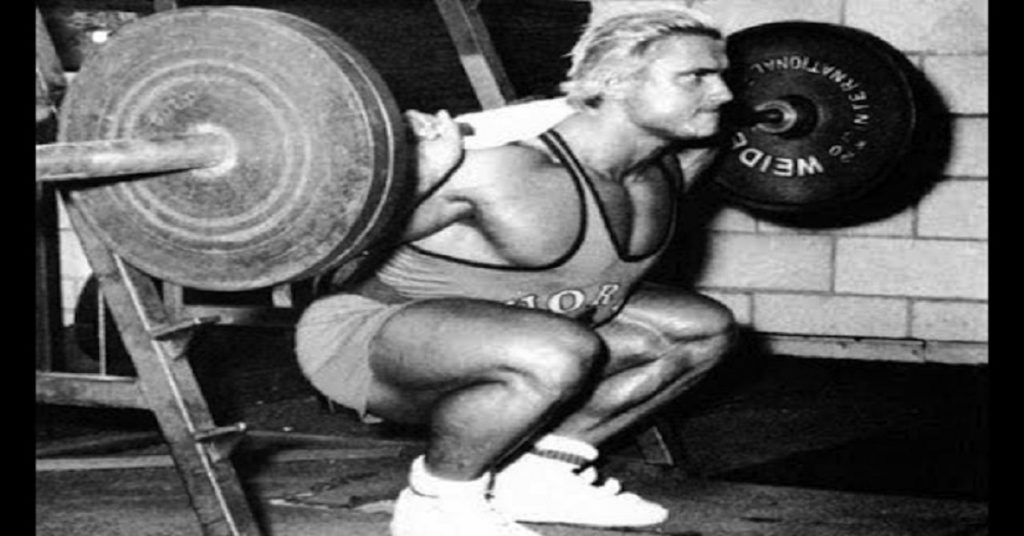In strength training, it’s wise to work up to a peak load over several workouts, then drop down a bit at the end before starting a new program. While a deload at the end of a routine can help prepare (or more accurately, repair) the body for the next phase, lowering intensity in the middle of a routine—after you’ve built up to a certain strength level—can be counterproductive. Dropping weight too soon confuses the body and leads to lost gains.
Coaches like Charlie Francis, Al Vermeil, and Charles Poliquin have long advised: “Don’t drop down only to go back up again.” A better strategy when a reduction in workload is needed is desetting rather than deloading. In other words, reduce volume—not intensity—when necessary. Here’s how.
Listen to Your Mood
There will be days when you walk into the gym and the last thing you want to do is train. Mood is a crucial factor in workout quality. However, your body might be ready even if your mind isn’t.
So, what should you do?
Just like going to work when you don’t feel like it, you still need to show up—but you can work less. Punch the clock, get the job done, and leave early. Maintain intensity (i.e., use the same weight you planned), but cut back on the number of sets.

When to Call an Audible
Your training log may outline a plan, but your actual performance in the gym dictates what you should do. Training requires flexibility—rigid adherence to a plan can sometimes hinder progress.
For example, let’s say your last workout included 5 sets of 5 reps at 315 pounds on the back squat. Since you completed all 5 reps on every set, you decide to progress to 320 pounds in your next session.
- Your first set feels good—5 reps, no problem.
- Your second set is tougher, but still manageable.
- Your third set is a grind, with your last rep slow and shaky.
- By the fourth set, just unracking the bar feels like lifting a house.
At this point, you have two choices:
- Push through a fifth set with lighter weight, overtax your recovery, and come back weaker next session.
- Recognize the signs, terminate the exercise early, and move on—allowing you to recover and return stronger next time.
Progress in training is about getting stronger, not just doing sets and reps for the sake of it. Train smart!

Go Stronger or Go Home
What if, instead of grinding through four sets, you only manage 2 reps on the very first set?
Simple: Go home. You’re not ready to train. You need an extra day to recover. Don’t move on to the next exercise—doing so would only set you back further. Instead, focus on working in rather than working out.
Use restoration methods like:
- Contrast showers
- Salt baths
- Stretching
- Electronic muscle stimulation
- Massage
- Extra sleep
Skipping a bad workout today means coming back stronger tomorrow.

The Neck Rule
Under high stress or illness, follow the same rule: reduce volume, not intensity (unless the situation calls for skipping training entirely).
Alwyn Cosgrove once compared stress to water flowing into a bathtub:
Your body can’t differentiate between stressors. Stress is like water from hundreds of taps flowing into a bathtub. Financial stress, relationships, health, and training stress are all different taps. When all the other taps are flowing full blast, turn down the training tap a little so your tub doesn’t overflow.
And the easiest way to turn down the training tap? Do fewer sets.
If you’re sick, follow the neck rule:
- Above the neck symptoms (runny nose, sore throat, headache) → Train with your usual weight but do fewer sets.
- Below the neck symptoms (chest congestion, fever, body aches, vomiting, diarrhea) → Skip training entirely.
Train Smart, Not Just Hard
The saying “If you fail to plan, you plan to fail” is true—but blindly sticking to a plan isn’t always the best strategy. Keep the quality of your training high, but adjust the quantity when needed. Doing fewer sets when you’re not at 100% allows you to keep progressing without burning out.

Injury Prevention Strategies for Aging Athletes
As athletes age, the risk of injury grows—and recovery takes longer. Injury Prevention Strategies for Aging Athletes reveals proven methods to help you stay strong, resilient, and active for years to come. In this 60-minute webinar, John Paul Catanzaro shares practical tips you can use immediately to reduce injury risk both on the field and in the gym.

From Zero to Two: Leo’s Chin-Up Breakthrough
When Leo began training with me in September 2024, our first goal was to improve body composition — lose fat,

Resistance Training Foundations: How to Progress Safely and Build Real Strength
Resistance training isn’t just for bodybuilders. Whether you’re just starting out, returning after a break, or training for performance, knowing

Neck Extensions Before Arm Curls: Unlock More Strength
When most people warm up for arm curls, they’ll hit a few light sets or maybe stretch out a bit.
follow
Error: No feed with the ID 2 found.
Please go to the Instagram Feed settings page to create a feed.
